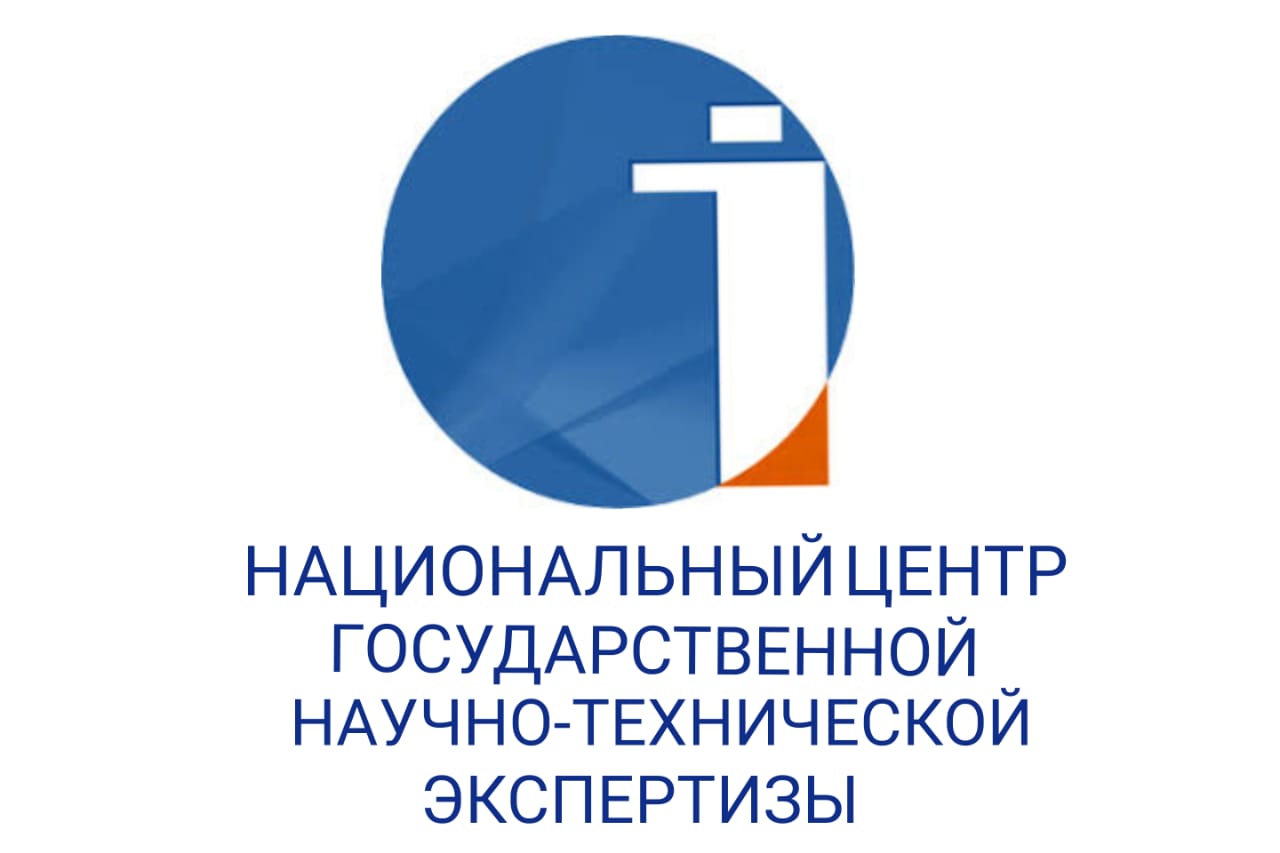LEXICOGRAPHIC REPRESENTATION OF THE BINARY OPPOSITION "MAN AND WOMAN" IN THE KAZAKH LANGUAGE
DOI:
https://doi.org/10.48371/PHILS.2022.64.1.004Keywords:
gender, gender linguistics, opposition "man-woman", lexicographyAbstract
The article is devoted to determining the lexicographic representation of the binary opposition “man and woman” in the Kazakh language. The representation of the origin of masculinity and femininity, as well as their opposites in the language, is studied by modern gender linguistics or linguistic gender studies. Gender cannot be expressed in language as social gender, a factor of the sexual identity of an individual in society. The article emphasizes that the manifestation of gender should be studied at all levels of language and gender lexicography is one of the main directions of gender linguistics.
An important factor is considered the fact that gender studies of lexicographic orientation allow to fully realize the cultural linguistic position in the study of the linguistic structure of social roles and functions, socio-cultural concepts related to the concepts masculinity and femininity, that explanatory dictionaries reflect the specificity that has developed in the language worldview of the nation, determine the development, change the nuclear basis of the concept.
The research work aims to reveal the content of the binary opposition man and woman in the lexicographical aspect. To achieve this goal the dictionary discourse as one of the most important resources of gender structuring is taken as a source of research and an object of analysis and gender lexemes are analyzed.
The semantic structure of the word is used as a method of research, including the structural method of the word meaning research (component analysis). The method of component analysis determines the semantic structure of the basic part of words by analyzing the definitions of words of nominates of the conceptual opposition man and woman in the explanatory dictionaries of the Kazakh language, analyzes the interpretations of the words yer, yerkek and ayel, qatyn in the dictionaries, identifies similarities and differences between the male and female concepts.
As a result of the study the nuclear and additional components of the lexemes are identified, the meanings of the lexemes in the binary opposition are compared, it is noted that the model of equivalent modeling was used to convey the interpretations of man and woman, and the component feature found to a certain extent reflects the concept of equality between men and women.
The scientific significance of the research work is determined by the contribution to the development of the lexicographic direction in the science of gender linguistics, which is forming in Kazakh linguistics.
The conclusions obtained as a result of the research work may be of practical value in the compilation of gender dictionaries.








